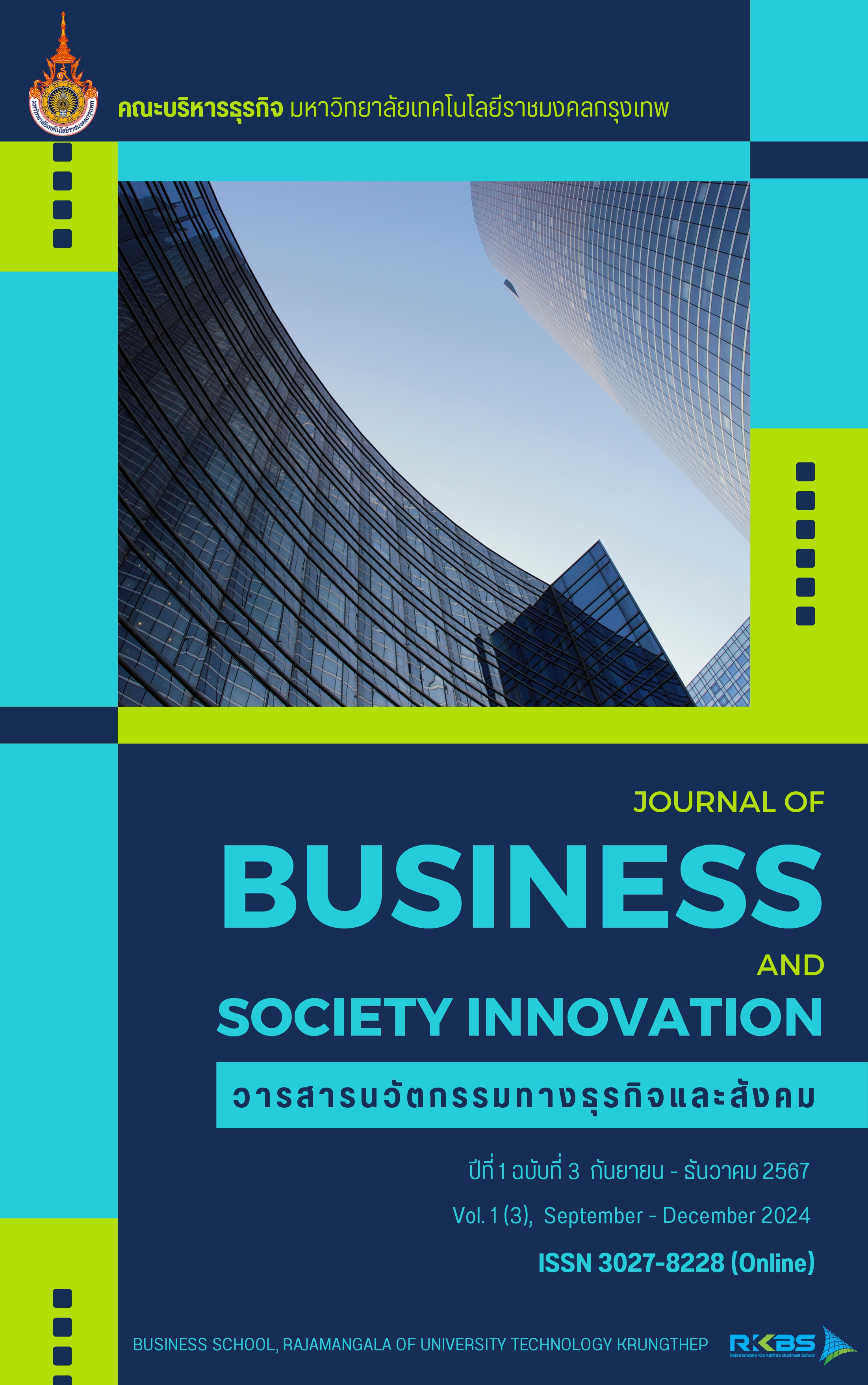การพัฒนารูปแบบการจัดประสบการณ์การเรียนรู้ด้วยกระบวนการคิดร่วมกันเพื่อส่งเสริมความคิดสร้างสรรค์สำหรับเด็กปฐมวัย
คำสำคัญ:
รูปแบบการจัดประสบการณ์การเรียนรู้ ความคิดสร้างสรรค์ กระบวนการคิดร่วมกัน เด็กปฐมวัยบทคัดย่อ
การวิจัยและพัฒนา (Research and Development) นี้มีวัตถุประสงค์เพื่อ 1) ศึกษารูปแบบการจัดประสบการณ์การเรียนรู้ด้วยกระบวนการคิดร่วมกันเพื่อส่งเสริมความคิดสร้างสรรค์สำหรับเด็กปฐมวัย 2) พัฒนาแผนการจัดประสบการณ์การเรียนรู้ตามรูปแบบการจัดประสบการณ์การเรียนรู้ด้วยกระบวนการคิดร่วมกันเพื่อส่งเสริมความคิดสร้างสรรค์สำหรับเด็กปฐมวัย 3) ศึกษาผลการใช้แผนการจัดประสบการณ์การเรียนรู้ตามรูปแบบการจัดประสบการณ์การเรียนรู้ด้วยกระบวนการคิดร่วมกันเพื่อส่งเสริมความคิดสร้างสรรค์สำหรับเด็กปฐมวัยและ 4) ประเมินและรับรองรูปแบบการจัดประสบการณ์การเรียนรู้ด้วยกระบวนการคิดร่วมกันเพื่อส่งเสริมความคิดสร้างสรรค์สำหรับเด็กปฐมวัย
แบบแผนการทดลองขั้นต้นคือ กลุ่มเดียวสอบก่อนและหลัง (One Group Pretest – Posttest Design) ประชากร คือ นักเรียนชั้นอนุบาลชั้นปีที่ 3 โรงเรียนบ้านดอนข่อย “คงสมโอษฐ์ราษฎร์บำรุง” สำนักงานเขตพื้นที่การศึกษาประถมศึกษาพระนครศรีอยุธยา เขต 1 สำนักงานคณะกรรมการการศึกษาขั้นพื้นฐาน กระทรวงศึกษาธิการ ที่กำลังศึกษาอยู่ในภาคเรียนที่ 2 ปีการศึกษา 2566 ซึ่งมีจำนวน 1 ห้องเรียน จำนวนนักเรียนรวม 15 คน ซึ่งได้มาโดยวิธีการเลือกแบบเจาะจง (Purposive Sampling) ใช้แบบแผนการทดลองแบบกลุ่มเดียวสอบก่อนและหลัง (One Group Pretest-Posttest Design) วิเคราะห์ข้อมูลโดยใช้ค่าเฉลี่ย ส่วนเบี่ยงเบนมาตรฐาน และการทดสอบค่าที (t-test)
ผลการวิจัยพบว่า รูปแบบการจัดประสบการณ์การเรียนรู้ด้วยกระบวนการคิดร่วมกัน มีองค์ประกอบดังนี้ 1. ปัจจัยนำเข้า (Input) ประกอบด้วย การกำหนดจุดมุ่งหมาย กลุ่มการคิดร่วมกัน เนื้อหา การสื่อสาร การปฏิสัมพันธ์ และการมีส่วนร่วม 2. กระบวนการ (Process) ประกอบด้วย การกำหนดงาน การสนทนา การคิดร่วมกัน การสะท้อนความคิด การลงมือปฏิบัติงาน การนำเสนอ และการสรุป 3. ผลผลิต (Output) ประกอบด้วย ผลสัมฤทธิ์ทางการเรียนรู้ ความคิดสร้างสรรค์ และความพึงพอใจ 4. ข้อมูลป้อนกลับ (Feedback) ประกอบด้วย คะแนนผลสัมฤทธิ์ทางการเรียนรู้ คะแนนความคิดสร้างสรรค์ 7 องค์ประกอบ และระดับความพึงพอใจ ซึ่งผลการประเมินความเหมาะสมของรูปแบบการจัดประสบการณ์การเรียนรู้ด้วยกระบวนการคิดร่วมกัน อยู่ในระดับเหมาะสมมากที่สุด มีค่าเฉลี่ยเท่ากับ 4.64 ผลการประเมินคุณภาพแผนการจัดประสบการณ์การเรียนรู้ อยู่ในระดับคุณภาพดีมากที่สุด มีค่าเฉลี่ยเท่ากับ 4.53 ผลการใช้แผนการจัดประสบการณ์การเรียนรู้ พบว่า มีคะแนนผลสัมฤทธิ์ทางการเรียนรู้สูงกว่าคะแนนก่อนเรียนรู้อย่างมีนัยสำคัญทางสถิติที่ระดับ .05 ค่าดัชนีประสิทธิผลทางการเรียนรู้ มีค่าเท่ากับ 0.61 หรือ ร้อยละ 61 ผลการเปรียบเทียบคะแนนประเมินความคิดสร้างสรรค์ของนักเรียนที่เรียนรู้ด้วยแผนการจัดประสบการณ์การเรียนรู้ มีคะแนนสูงกว่าก่อนเรียนอย่างมีนัยสำคัญทางสถิติที่ระดับ .05 ความพึงพอใจของนักเรียนที่เรียนรู้ด้วยแผนการจัดประสบการณ์การเรียนรู้ อยู่ในระดับพึงพอใจมาก มีค่าเฉลี่ยเท่ากับ 2.27 ผลการประเมินคุณภาพรูปแบบการจัดประสบการณ์การเรียนรู้ อยู่ในระดับเหมาะสมมาก มีค่าเฉลี่ยเท่ากับ 4.48 และผลการรับรองรูปแบบการจัดประสบการณ์การเรียนรู้ มีความเหมาะสมตรงตามวัตถุประสงค์การวิจัยและสามารถเผยแพร่ในแวดวงวิชาการได้
ควรนำรูปแบบการจัดประสบการณ์การเรียนรู้นี้ไปประยุกต์ใช้ในการพัฒนาความคิดสร้างสรรค์สำหรับเด็กปฐมวัยในบริบทอื่น ๆ และศึกษาผลในระยะยาว รวมทั้งพัฒนาเพิ่มเติมเพื่อส่งเสริมทักษะอื่นๆ ที่จำเป็นสำหรับเด็กปฐมวัย
References
กระทรวงศึกษาธิการ. (2560). หลักสูตรการศึกษาปฐมวัย พุทธศักราช 2560. กรุงเทพฯ: โรงพิมพ์ชุมนุมสหกรณ์การเกษตรแห่งประเทศไทย.
สุรางค์ โค้วตระกูล. (2556). ผลของการจัดกิจกรรมศิลปะสร้างสรรค์ที่มีต่อความคิดสร้างสรรค์ของเด็กปฐมวัย. วารสารวิชาการ มหาวิทยาลัยราชภัฏพระนคร, 4(2), 91-104.
วรรณี วัจนสวัสดิ์. (2557). การพัฒนาความคิดสร้างสรรค์ของเด็กปฐมวัยโดยใช้เกมการศึกษา. วารสารศึกษาศาสตร์ มหาวิทยาลัยนเรศวร, 16(3), 114-125.
Anderson, J. E. (1975). Public Policy - Making. New York: Praeger.
Balkcom, Stephen. (1992). Education Research Consumer Guide. Archived: Cooperative Learning. Retrieved 28 February 2004, from http://www.ed.gov/pubs/OR/ConsumerGuides/cooplear.html
Barkley, C., Barkley, E. F., Cross, K. P., & Major, C. H. (2005). Collaborative learning techniques: A handbook for college faculty. San Francisco, CA: Jossey Bass.
Cliatt, P.J., M.J. Shaw, and J.M. Sherwood. (1980). Effects of Training on the Divergent Thinking Abilities of Kindergarten Children. Child Development. 51(102): 1061-1064.
Cobra, E. R. (2011). The Effect Group Plays on the Development of the Creativity of Six year Children. Procedia Social and Behavioral Sciences 15, 2137-2141.
Davis, F. B. (1981). Education Measurement and Their Interpretation. California: Wadsworth.
Davis, G.A. and J.A Scott. (1983). Training Creative Thinking. New York: Holt Rinehart and Winston.
Ford, B.C. (1976). Evaluation of creativity with mentally retarded youngster. Dissertation Abstracts International, 36, 6598-A.
Garaigordobil, M., & Berrueco, L. (2011). Effects of a play program on creative thinking of preschool children. The Spanish Journal of Psychology, 14(2), 608-618.
Getzels, J.W. and Jackson P.W. (1962). Creativity and Intelligence. New York: John Wiley and Sons Inc.
Goodman. R.I. ; K.A. Fletcher and E.W. Schneider. (1980). “The Effectiveness Index as a Comparative Measure in Media Product Evaluation,” Educational Technology. 20(09) : 30-34 ; May.
Guerra, M.,& Zuccoli, F. (2012). Finished and Unfinished Objects: Supporting Children’s Creativity through Materials. Procedia Social and Behavioral Sciences, 51(5012), 721-727.
Guilford, J. P. (1959). Creativity and Its Cultivation. New York: Harper & Brothers.
Guilford, J. P. (1967). The nature of human intelligence. New York: McGraw-Hill.
Guilford and Hoepfner, R. (1971) The Analysis of Intelligence. New York: McGraw-Hill Book Company.
Hutchison, E.D. (1949). How to Think Creativity. New York: Abindon press.
Kefi, S. (2009). The Implementation of Creatively art Activities in Pre-school Education, for Supporting the Children’s Creativeness in a Dynamic Learning Environment. Procedia Social and Behavioral Sciences, 1, 2408-2410.
Jellen, G. and K. Urban. (1986). Test for Creative Thinking Drawing Production. The Creative Child and Adult Quarterly. 11(8): 107-155.
Jersild, Arther T. (1972). Child Development. 5th ed. New York: McGraw-Hill.
Johnson, D. W. and Johnson, R. T. (1987). Learning Together and Alone: Cooperative,Competitive and Individualistic Learning. 2nd ed. New Jersey: Prentice-Hall.
Johnson, D. W., & Johnson, R. T. (1994). Learning together and alone: Cooperative, competitive, and individualistic learning 4th ed. Boston: Allyn and Bacon.
Kelley, Ramona M. ; & Daniel. (1986). Effects of An Administrative Plan for Excellence in Creative Arts Experience on the Development of Creative in first Graders. Dissertation Abstracts International. 44(01) : 32-A
Kim, S., Choe, I., & Kaufman, J. C. (2019). The development and evaluation of the effect of creative problem-solving program on young children’s creativity and character. Thinking Skills and Creativity, 33.
Mile, A. (1961). Creativity in Teaching. California: Wadsworth Publishing company.
Penick, John E. (1976). Creative in Fifth Grade Science Students: The Effects of Two Patterns of Instruction. Journal of Research in Science Teaching, 13(2), 307-314.
Senge, Peter M. (1990). The Fifth Discipline: The Art and Practice of the Learning Organization. London: Century Press.
Stampp. Ray V. (1964). Relationship of Measures of Creativity General Intelligence and Memory. Dissertation Abstract International. 5258-A.
Torrance. (1964). Growing Up Creatively Gifted: The 22-Year Longitudinal Study.
The Creative Child and Adult Quarterly, 3, 148-158.
Torrance, E. P. (1965). Scientific views of creativity and factors affecting its growth. Daedalus, 94(3), 663-681.
Torrance, E. P. (1979). The search for satori and creativity. New York: Creative Education Foundation. Inc.
Additional Files
เผยแพร่แล้ว
How to Cite
ฉบับ
บท
License
Copyright (c) 2024 วารสารนวัตกรรมทางธุรกิจและสังคม

This work is licensed under a Creative Commons Attribution-NonCommercial-NoDerivatives 4.0 International License.

